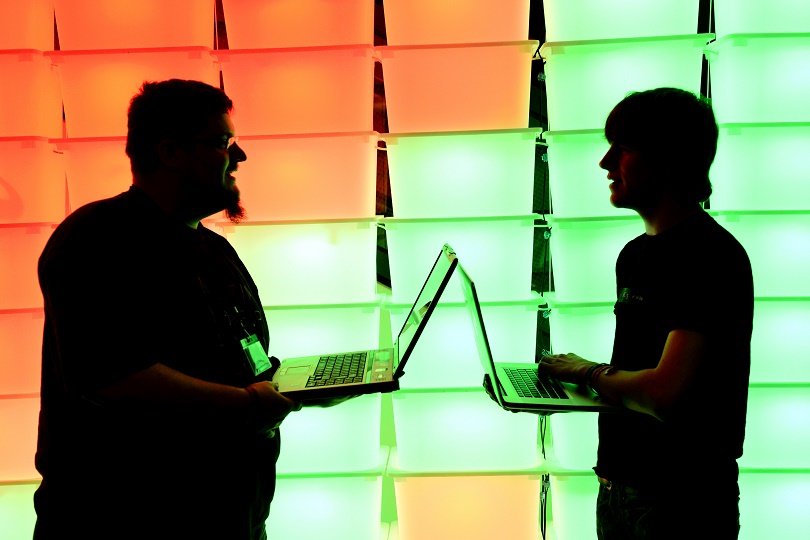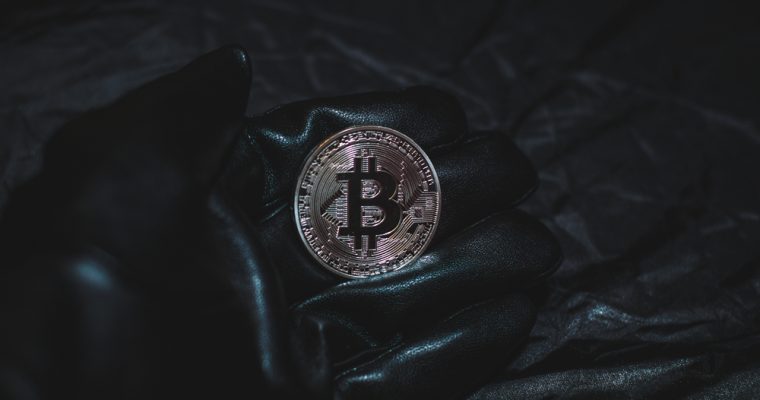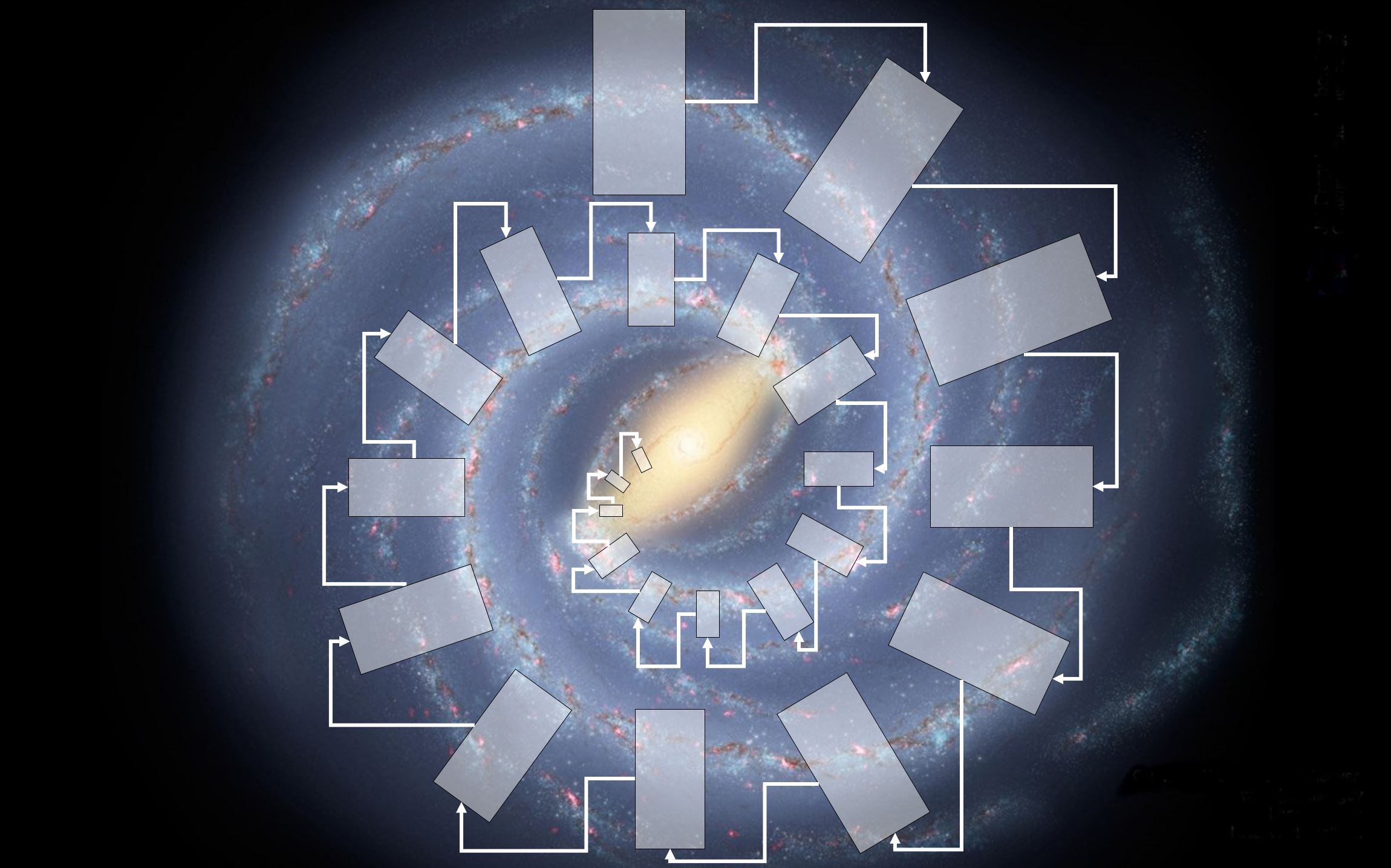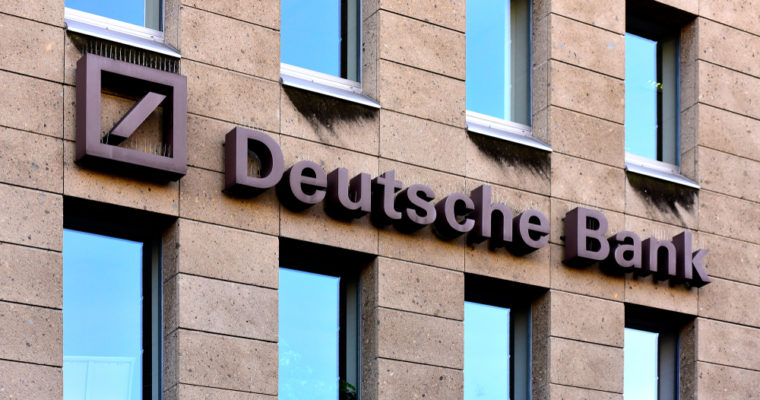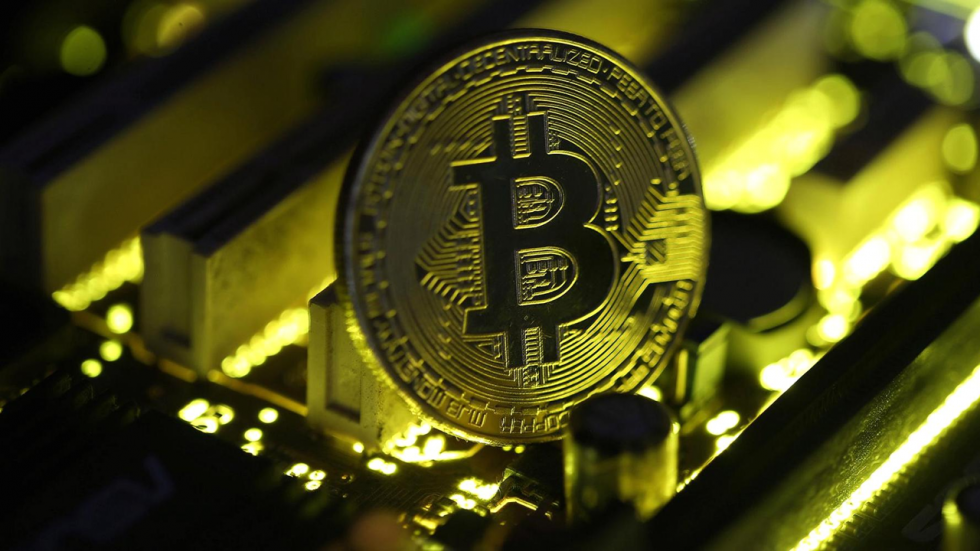With all this talk about cryptocurrency, blockchain, and the variety of controversies, bubbles and forward-facing news in this space, the question still stands. What does all of this mean? And what in the world is blockchain? So, we are starting at the beginning. Over the course of the next few weeks, we will be releasing articles all about the blockchain and what this means for merchants and payment security. Let’s dive in!
What is Blockchain?
Blockchain is a technology that allows for the creation of a history of data that is immutable, meaning it can never be changed, either accidentally or intentionally. This data that has been added to a blockchain is extremely resistant to hacking or other attempts to tamper with it. This makes it especially suitable for situations in which parties want to be in a position to prove what actually happened, i.e. what data or content existed at a particular point in time, with no possibility of changing history after the fact.
The reasons why blockchain can accomplish this are twofold:
- Data Integrity. Data added to the blockchain is tied to other data already on the blockchain by means of a cryptographic signature, creating a “chain” of signatures that are all inter-related. The entire chain has “integrity”, meaning the content of data within any block can provably only be that particular content; any other content would have a different cryptographic signature and would therefore not fit within the chain of signatures that’s been established.
- Decentralization. This chain is not maintained in one place, but is instead maintained and corroborated by many other computers, known as nodes. If anyone tries to change data in one copy of the chain, the other nodes will see that the integrity of the chain on that computer has been violated, and will exclude that node from further communications until the problem is resolved. Any attempt to hack the network of nodes would require all, or most, nodes to be simultaneously hacked, which is practically impossible.
Blockchain thus makes it possible to create a history of data content that is permanent, tamper-proof, mathematically provable, and corroborated by other parties on a network.
Source/More: What In the World Is Blockchain? | Kount.com









